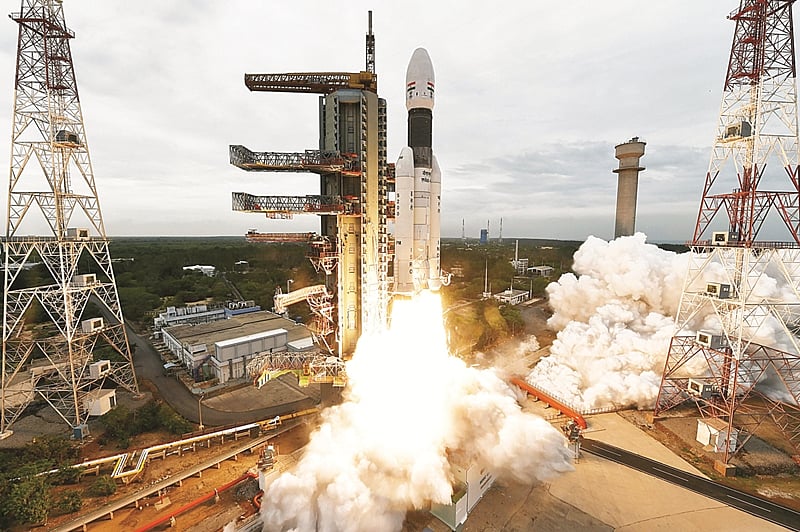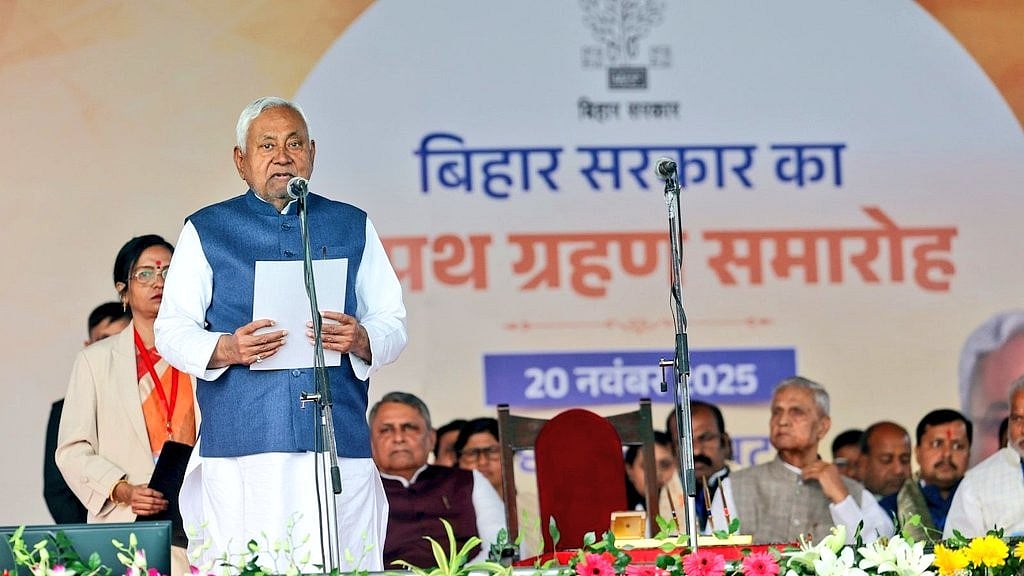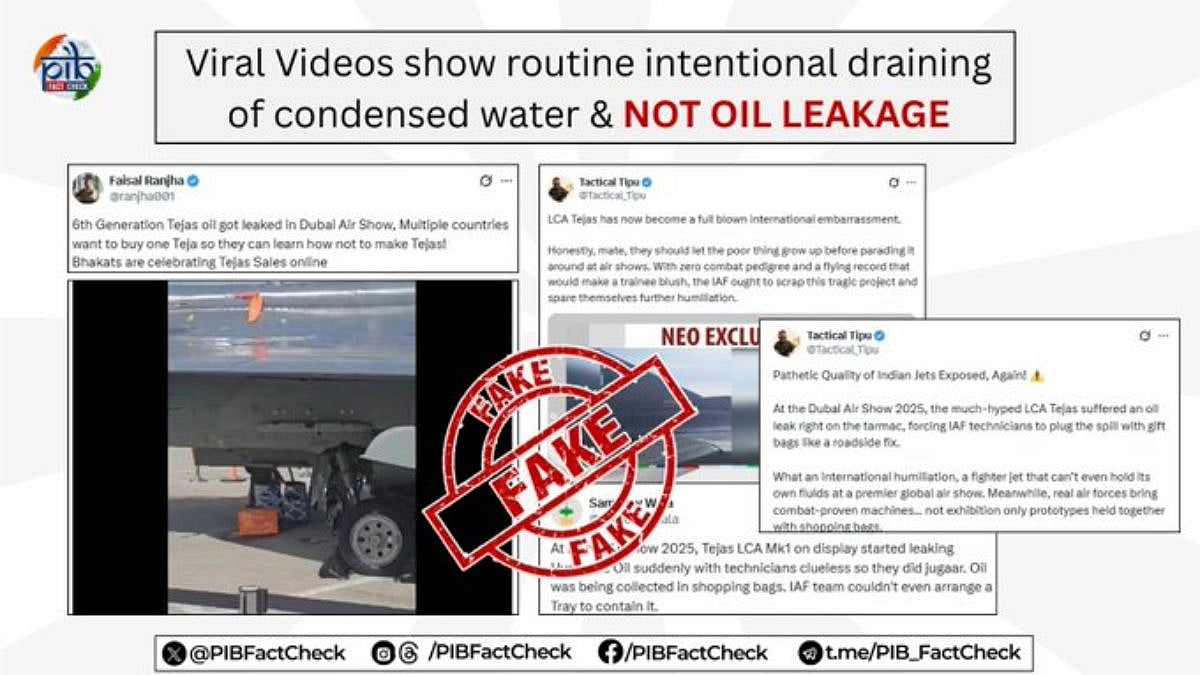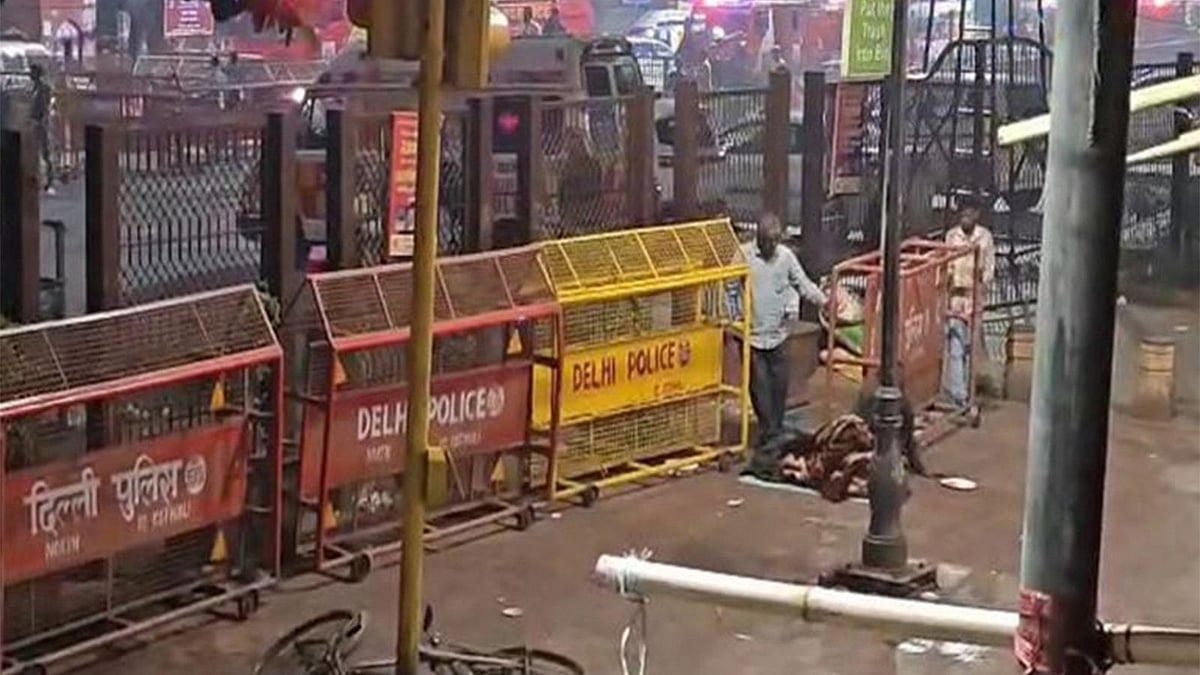The Moon has always held the imagination of people in India — from poets to lovers and from the religious-minded to movie moguls. But trying to capture the moon’s heart and soil is the ambitious Indian Space Research Organisation (ISRO), backed not by lyrics or poems, but number-crunching science and technology.
Carrying an array of equipment to test the Moon’s ‘fickle’ heart and its dark side is Chandrayaan 2 (C2 for short), India’s second mission to the earth’s natural satellite. Once that is done, C2 would orbit the Moon and slowly reduce the height.
The spacecraft’s retro thrusters would then slow it down and perform several orbital manoeuvres so that C2 is within a 100 km circular orbit. Then would begin the 18-minutes of terror, as ISRO Chairman Dr K Sivan calls the landing sequence. The statement by Dr Sivan is an understatement considering the technology involved.
The sequence would begin with the Vikram lander separating from the orbiter and beginning an autonomous descent. ISRO has identified two potential landing sites close to the south pole making it the farthest mission south.
Images from the high-resolution camera on board the orbiter will help the lander in identifying a safe spot to land. If the original spot is not suitable, the lander has just a few minutes to choose another site.
When the Vikram finally touches down on the Moon, the six-wheeled Pragyaan rover would detach itself and begin its quest for the moon’s hidden secrets — primarily the availability of water and rare minerals. It would also try to unravel the mysteries of the origin of earth.
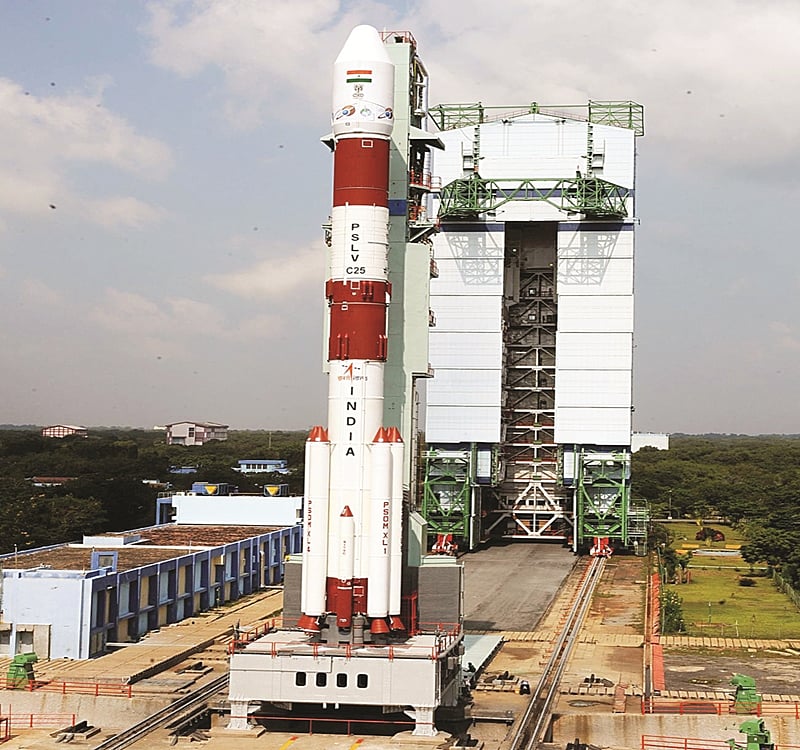
Mangalyaan |
Through the Indian Deep Space Network (IDSN), the Vikram lander would be the communication link between the ISRO engineers and the Pragyaan rover.
Though Chandrayaan 2 has captured the imagination of India and is the talking point, Moon is not the final frontier of ISRO. The earlier Mangalyaan-1, as well as the Chandrayaan-1 & 2 missions, are more of technology demonstrators — that India can reach the Moon. These were not hardcore science missions.
Apart from technology demonstration, the biggest scientific contribution from the Chandrayaan-1 mission was the confirmation of water molecules on the lunar surface. This find was done through NASA’s Moon Minerology Mapper, an imaging spectrometer on-board the Moon Impact Probe of Chandrayaan-1.
India’s C2 mission will be ISRO’s second shot to reach the moon. However, there have been others who have reached the moon before. The first-ever successful soft-landing on the Moon was performed in 1966 by the USSR and only in 1969 have they attempted to include a rover, having spent the intervening three years gaining confidence in flying orbiters and landers.
The success of Chandrayaan 2 mission will come as a big boost to the confidence among the ISRO engineers. This will pave the way towards attempting a more ambitious Chandrayaan-3 mission with longer operational life on the lunar surface and more complex payloads.
Kalam had said that in future frozen helium may become one of the most sought-after resources when the world turns to production of energy through fusion.
“This energy produced using helium in the Moon can also energise the vehicles for transporting materials from the Moon to man's future habitats in Mars and to his natural abode, the Earth,” Kalam had said.
The C2 mission has once again proven ISRO’s mastery over its most powerful rocket, the GSLV Mk III, which has only been flown three times so far.
The missions to Mars hitch-hiked on smaller and less powerful Polar Satellite Launch Vehicle (PSLV) that then had nearly 25 successful launches to its credit.
Once the technology to reach the Moon with ease is proved, ISRO plans to look beyond and deep into space through interplanetary flights. With Chandrayaan-2 and later Mangalyaan-2, ISRO plans to shift gears to embark upon a more scientifically mature exploration of the solar system.
Understanding the secrets of the inner solar system is an aspiration of both national and international scientific community, says Dr Sivan.
Towards this goal, ISRO has already announced seven major scientific missions in the next decade. A major step in space exploration would come through the ambitious Gaganyan, India’s first manned mission to space.
The next decade will witness the launch of XPoSat to study cosmic radiation in 2020, Aditya L1 to the Sun in 2021, Mars Orbiter Mission-2 in 2022 among others.
Aditya L-1 will head to the Sun, a star that is vital for the survival of life on earth, a star that is worshipped, revered and respected by many on earth. Aditya L-1 will study the solar corona — the outer layers of the Sun, extending to thousands of kilometres above the disc (photosphere). To be launched mid-2020, Aditya L-1 will be placed in the ‘halo orbit’ — about 1.5 million km from Earth.
After the mission to the Sun, ISRO will look into polarisation of bright X-ray sources in the energy range of 5-30 KeV through the XPoSat mission an acronym for X-ray Polarimeter Satellite.
This mission will last for over five years and the payload is currently under development. The payload will study the degree and angle of polarisation of bright X-ray sources in the energy range 5-30 keV.
Then will come the Bahubali moment is space — the most ambitious one of sending an Indian to space on board the Ganganyaan. The launch is slated for 2022 and will comprise of a three-member crew who will remain in space for at least seven days.
Before the manned mission, there would be two unmanned flights as technology and safety demonstrators. The manned space flight was announced by Prime Minister Narendra Modi in his Independence Day speech last year.
The total fund requirement for the Gaganyaan Programme is around Rs.10,000 crore and includes the cost of technology development, flight hardware realisation and essential infrastructure elements.
Apart from ‘romancing’ the Moon, India will have a closer look at Earth’s twin sister — Venus — through the Shukrayaan mission in 2023. After having successfully completed the Mars mission earlier, this time ISRO’s second planetary mission Shukrayaan will focus on studying the surface and subsurface of the planet.
Venus’ pristine surface could offer several answers to the early days of Earth’s birth. Earth and Venus share similarities like mass, size, composition and gravity.
ISRO will then take another shot at Mars. On November 5, 2013, India launched Mangalyaan — the first Mars Orbiter Mission (MOM) using PSLV-C25 rocket.
The next MoM, Mangalyaan 2, is set to study the red planet’s surface, morphology, mineralogy and its atmosphere. Mangalyaan 2 will be a highly upgraded version with a much greater scientific payload compared to its predecessor and will be fitted with a lander and a rover in addition to the orbiter.
Mangalyaan 1 carried five instruments on board with the main objective to demonstrate to perform Earth bound manoeuvres, with a cruise phase of 300 days.
Looking back, ISRO has come a long way in the last five decades from its first sounding rocket launch in 1965 to its Mars Orbiter Mission (MOM) in 2014 being successful in the very first attempt.
Chandrayaan 2 lander and rover mission and the subsequent missions to Mars, Venus and space flights, ISRO has its ‘space plate’ full to the brim.
